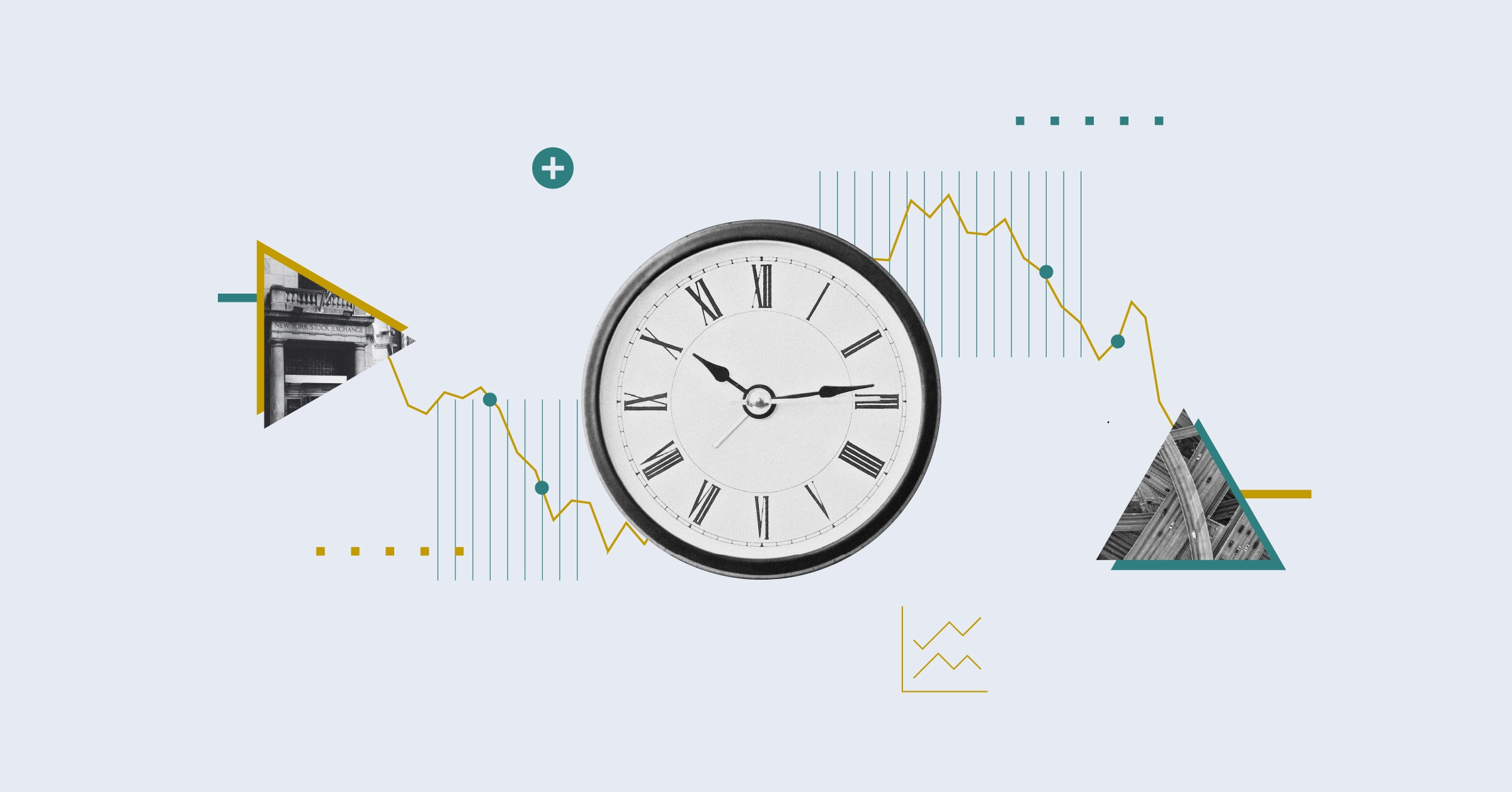Thanks to government initiatives and workplace engagement, more people than ever before are paying into a retirement saving scheme in the UK. Auto-enrolment has signed up 7.2 million people for defined contribution workplace pensions over the last four years. Auto-enrolment now enters the final sprint to 2018 enrolling the smallest businesses’ employees into pensions – bringing the total expected figure to more than 10 million scheme members.

Just 10% of women are ready for retirement, based on their current savings

Thanks to auto-enrolment, and a greater awareness of the importance of pension provision, more people are adequately saving for retirement than before – 56% compared to 45% three years ago, according to life company Scottish Widows. But that still leaves 44% of people without adequate pension provision; While auto-enrolment may look like the cure-all, its effects are limited.
The scheme has been accused of being particularly ineffectual when it comes to low-paid and part-time workers, which unfairly penalises women who are more likely to be working flexible hours after returning to employment following childbirth. Working fewer hours means they are less likely to meet the annual income threshold for auto-enrolment of £10,000. Twenty percent of all workers earn less than £10,000 – but if you look at female workers this jumps to 31%. According to the Department of Work & Pensions, of the 11.2 million workers eligible for auto-enrolment, only four million are women.
Last summer, a report from Aegon revealed that just 10% of women are ready for retirement, based on their current savings. The insurer revealed that women have on average £20,000 saved into pension plan, while men have more than double that £52,500.
While the gap has been gradually narrowing between male and female life expectancy at birth in the UK over the past 32 years, from six years in 1980 to 3.7 years in 2014, according to the Office of National Statistics, women are still tasked with making their – smaller – pension pot last longer than men.
And in the UK, women can no longer rely on the State Pension making up this shortfall. A new “flat rate” State Pension was introduced last year, billed as a cure-all for the complicated top-up system; a fair, generous replacement for the existing two-tier State Pension. But according to the Work and Pensions Committee pensioners with fewer than 10 qualifying years of National Insurance Contributions (NICs) have seen their weekly State Pension income fall in comparison with the previous system. Women have particularly suffered, as they are more likely to take career breaks to raise children and therefore fail to rack up sufficient contributions.





























